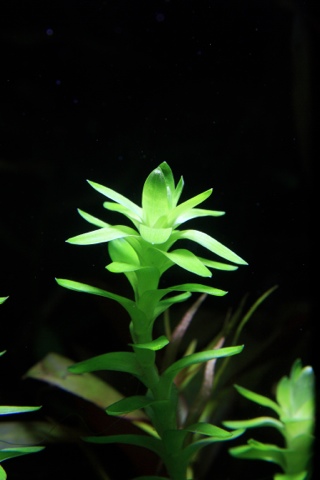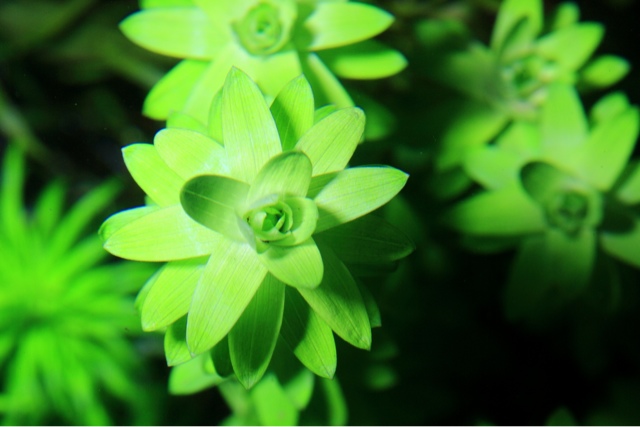Hey guys..
I'll talk about Tonina fluviatilis 'lotus blossom' today.
Tonina fluviatilis is found in slow moving streams of South America and Central America. It makes thick carpet in these streams in wild.
It's a wonderful plant and fairly new into US hobby. People claim that it was first introduced in the hobby by Japanese hobbyists.
Difficulty level of this particular plant is definitely hard. There are quite a few requirements of this plant-
# it requires moderately soft water. pH of 6.4-6.7 works great for this plant. ADA Amazonia might help you attain this.
# It needs strong light. If given enough light, it will frequently shoot side stems and propagate.
# it needs good amount of CO2 dissolved in water. And since CO2 lowers your pH also, it good to have CO2.
# it likes gentle flow. Not too hard but gentle enough to keep debris or algae off of its leaves.
It's definitely not a beginner's plant. You need an established aquarium to grow it successfully. This very variant 'Lotus blossom' looks like a blooming lotus when seen from above. It's wonderful texture adds a different aspect to your scape.
Here are a few pictures that I took with my new flash-
There are a few more variants of Tonina fluviatilis like - 'narrow leaf' and 'Marble queen'.
I'm looking for them to add to my collection :)



